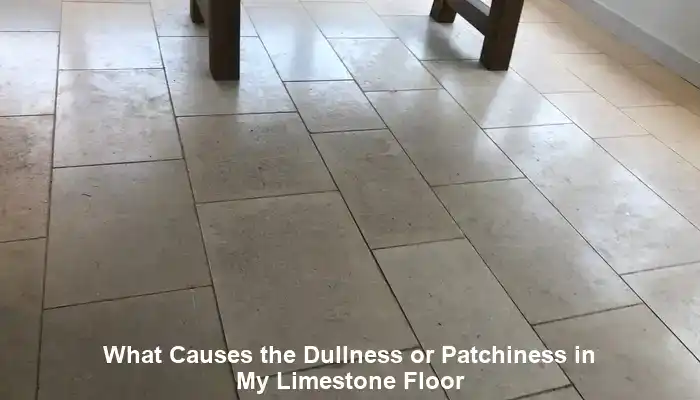
Explore the Main Causes of Dullness in Limestone Flooring
Limestone floors are renowned for their classic elegance and enduring charm, yet they can gradually lose their shine over time. It’s crucial for homeowners to understand the factors leading to dull or uneven limestone flooring to maintain its stunning aesthetic. Multiple elements contribute to this phenomenon, each necessitating tailored approaches for prevention and restoration. By being proactive and well-informed, you can keep your limestone flooring as a breathtaking focal point in your home.
Learn How Everyday Foot Traffic Impacts the Condition of Limestone Floors
Daily foot traffic exerts considerable pressure on limestone floors, which leads to gradual wear and tear over time. As individuals traverse the surface, tiny scratches and dull spots start to appear, especially in high-traffic areas such as hallways and kitchens, where constant movement exacerbates the problem. Over time, the protective coating on the limestone erodes, exposing the porous stone underneath, which can lead to further degradation. This persistent wear not only diminishes the visual appeal but can also weaken the durability of the flooring, making it essential to implement effective care strategies.
Crucial Tips: Best Products to Care for Your Limestone Floors Daily
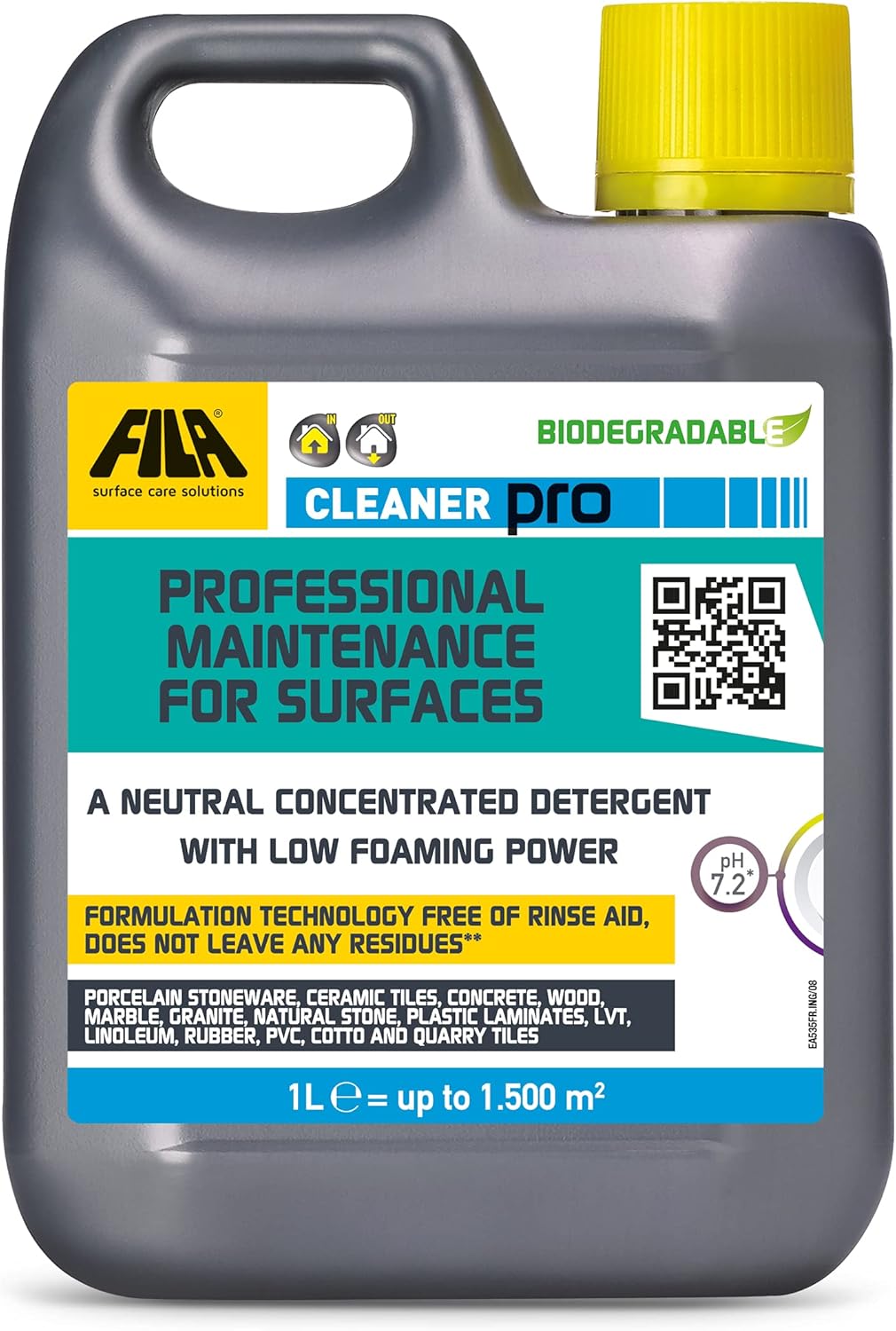
Fila Pro Floor Cleaner
|
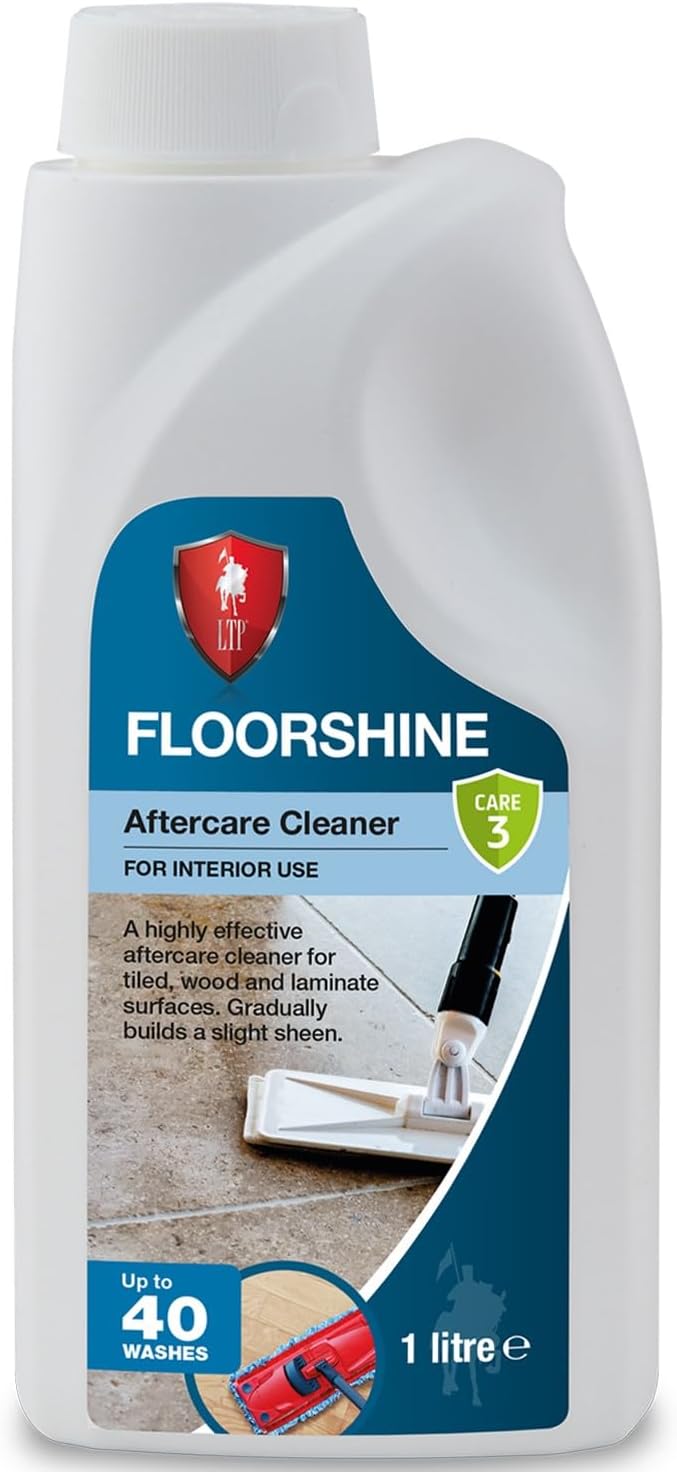
LTP Floorshine
|
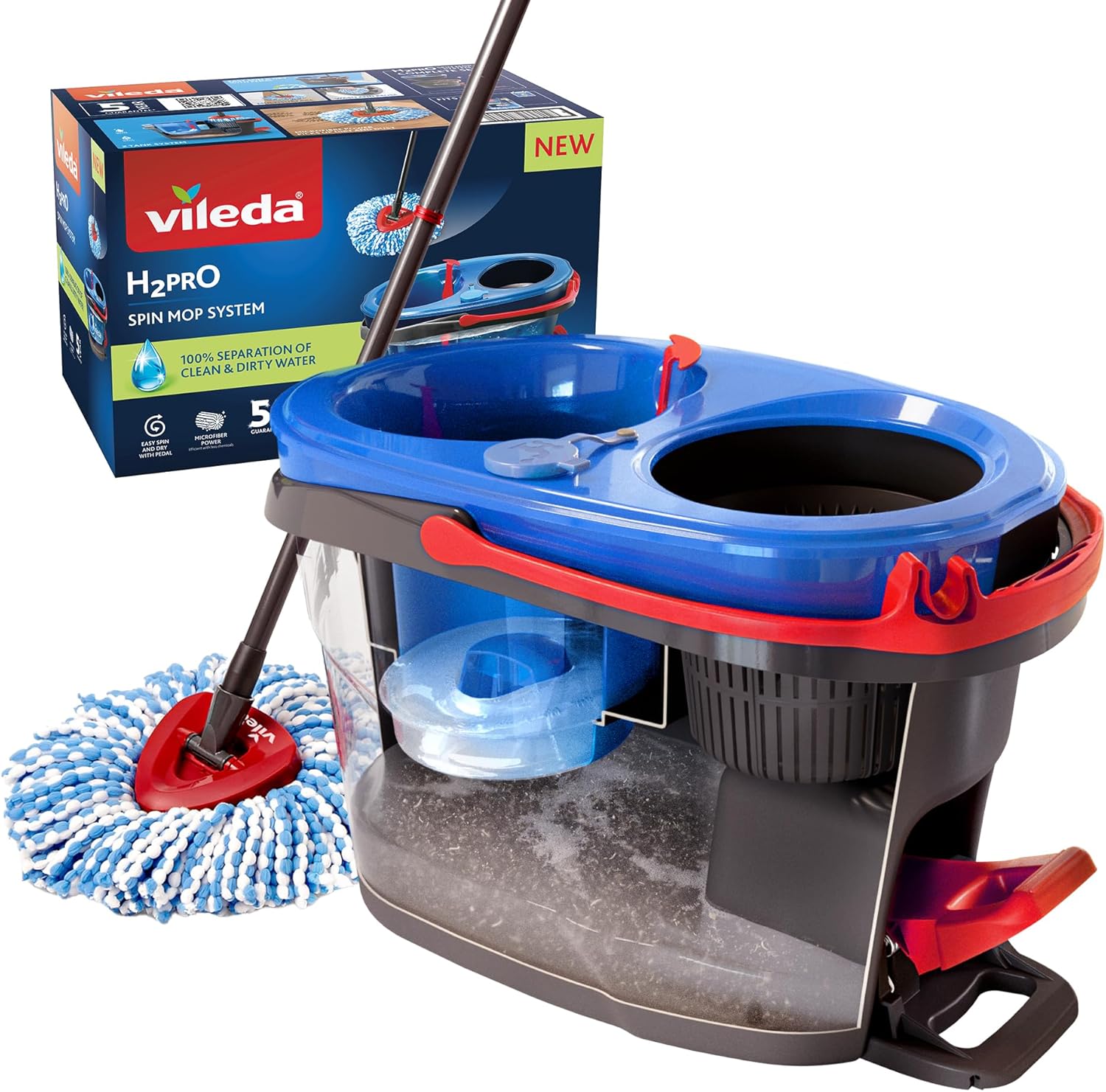
Vileda H2PrO Spin Mop System
|
To minimize wear and tear, homeowners in the UK can implement several protective strategies. Placing mats at entryways and enforcing a no-shoes policy indoors can significantly reduce the dirt and debris that comes into contact with the flooring. Regular sweeping or vacuuming is essential for eliminating dirt and grit that can act like sandpaper on the surface, leading to scratches. Moreover, utilizing protective pads beneath furniture can prevent unsightly scratches and dents, enhancing the overall polished look of your floors.
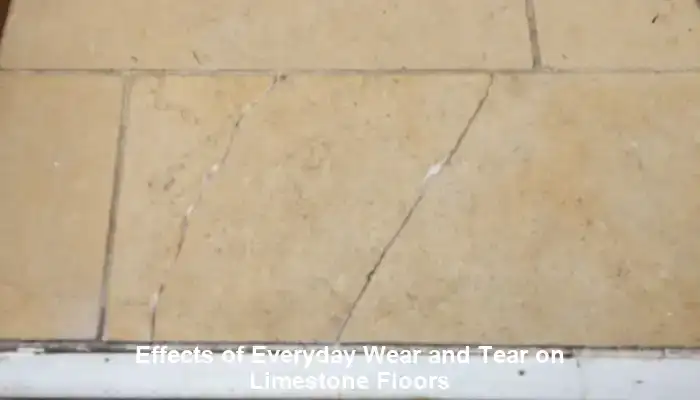
Furthermore, understanding the traffic patterns within your home can aid in developing a tailored maintenance strategy. For instance, areas frequently traversed by children and pets may necessitate more frequent cleaning and upkeep compared to less busy spaces. This proactive maintenance can significantly extend the lifespan of your limestone flooring, ensuring it retains its fresh and stylish look for many years to come.
Recognizing the Impact of Improper Cleaning on Limestone Surfaces
Using inappropriate cleaning methods can severely diminish the luster of limestone floors. Many homeowners unknowingly resort to harsh chemicals or abrasive cleaning tools that can damage the stone rather than effectively cleaning it. Over time, residues from these products can accumulate, forming a film that detracts from the natural beauty of the floor. This situation is particularly concerning, as it can lead to long-lasting damage if not promptly addressed.
To protect the integrity of limestone, it is crucial to utilize pH-neutral cleaners specifically designed for this type of stone. These products are gentle yet effective at removing dirt without leaving behind harmful residues. Additionally, employing a soft mop or cloth during the cleaning process can help avoid scratches that might occur when using harsher cleaning tools.
In the UK, a growing number of homeowners are opting for environmentally friendly cleaning solutions that are safe for both the stone and the planet. Regular gentle cleaning, coupled with periodic deep cleaning sessions, can greatly assist in maintaining the floor’s shine and preventing the accumulation of grime that leads to dullness. By selecting the right cleaning products and methods, you can preserve the immaculate appearance of your limestone floors.
Assessing How Environmental Conditions Influence Limestone Aesthetics
Limestone is sensitive to environmental factors, and exposure to sunlight and moisture can significantly alter its appearance. Over time, UV rays can fade the stone, causing it to lose its vibrant colors and contribute to a dull finish. Additionally, moisture can seep into the tiny pores of the limestone, resulting in patchiness and discoloration that can mar the overall look of your flooring.
In the UK, where weather conditions can vary greatly, homeowners should consider applying protective sealants to safeguard their limestone from environmental challenges. Regularly checking the flooring for signs of moisture damage is also advisable, as early detection can prevent more severe problems down the line.
Utilizing curtains or UV-protective films on windows can help mitigate sunlight exposure, thereby preserving the stone’s original color and vibrancy. By being aware of the environmental challenges that limestone faces, homeowners can better protect their investment and maintain the stunning appearance of their floors.
The Crucial Role of Proper Sealing in Preserving Limestone Floors
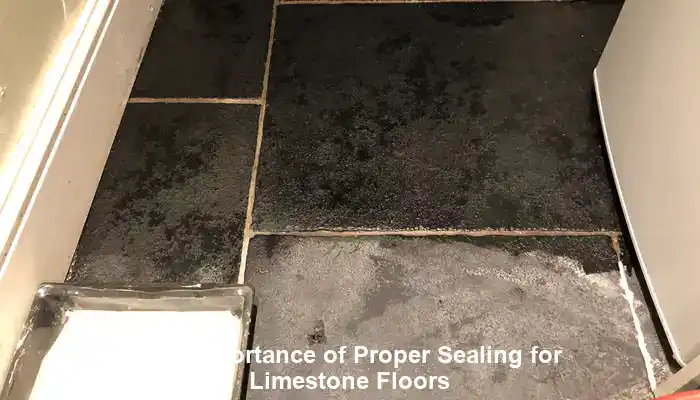
Applying a sealant is a vital step in maintaining the integrity of limestone floors; however, improper sealing can lead to undesirable outcomes, including dullness and staining. Without an appropriate sealant, limestone becomes susceptible to spills and wear, allowing the stone to absorb liquids, which can result in permanent discoloration and patchy areas that detract from its beauty.
Selecting a high-quality sealant designed for natural stone and adhering closely to the manufacturer’s guidelines is essential. In the UK, numerous professionals provide sealing services that guarantee thorough application, significantly enhancing the stone’s durability and aesthetic appeal. This expert touch can profoundly impact the safeguarding of your floors.
Moreover, regular re-sealing is imperative, as the effectiveness of sealants diminishes over time due to wear and environmental factors. Homeowners should evaluate their floors annually and consider re-sealing when necessary to prevent damage from daily use, spills, and moisture exposure. A vigilant approach to sealing can greatly enhance the longevity of your limestone flooring.
The Dangers of Acidic Substances on Limestone Floors
Limestone is especially susceptible to damage from acidic substances, which can etch and dull its surface. Common household items such as vinegar, lemon juice, and certain cleaning products can cause significant harm if accidentally spilled on limestone floors. Once etched, the affected areas may appear dull and discolored, making them difficult to rectify.
To guard against this type of damage, homeowners should act swiftly by cleaning any spills with water and a soft cloth immediately. It is also beneficial to educate family members about the risks associated with using acidic substances on limestone, helping to prevent accidental damage to the stone.
Incorporating coasters and using placemats in dining areas can further protect against unintended spills. The key to maintaining your limestone flooring lies in prevention through awareness and timely action, ensuring that the integrity and shine of the stone are preserved.
Investigating the Effects of Hard Water on Limestone Floors in the UK
Hard water poses a common challenge in many areas of the UK, and its effects can be quite detrimental to limestone floors. The mineral deposits left behind when hard water evaporates can create unsightly patches, making even well-cared-for floors appear neglected and uninviting. Understanding how hard water interacts with limestone is crucial for effective maintenance and care.
Recognizing the Issue of Mineral Deposits on Limestone Surfaces
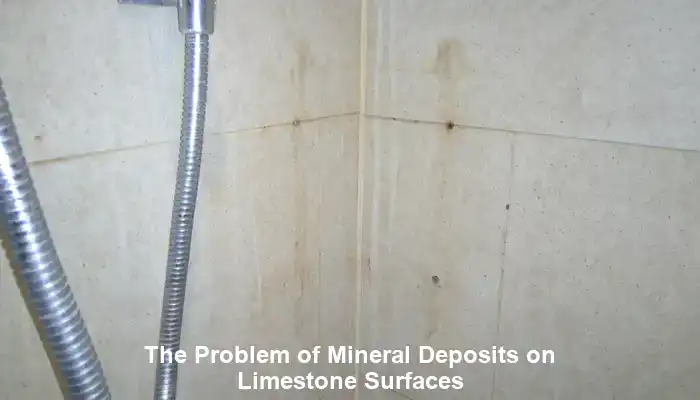
As water evaporates, it leaves behind minerals such as calcium and magnesium. Over time, these deposits can accumulate on the surface of limestone floors, resulting in a dull, patchy appearance that detracts from the overall aesthetic. This issue is particularly pronounced in regions with hard water, where mineral content is substantially high, making it a frequent concern for homeowners.
Timely detection of these mineral deposits can prevent long-term damage to your flooring. Regular cleaning with distilled water can help reduce mineral buildup, as it lacks the minerals typically found in hard water. Homeowners may also want to consider installing a water softener to treat their water supply, alleviating these issues before they arise.
Understanding the quality of local water is vital for effective maintenance. Specific regions in the UK, especially the South East, are known for hard water. Residents in these areas should be particularly vigilant about the upkeep of their limestone flooring to avoid the adverse effects of mineral deposits.
Combating Scale Buildup on Limestone Floors
In addition to mineral deposits, scale buildup from hard water can significantly dull limestone floors over time. This scale may present as a rough texture or discoloration, making the surface look uneven and uninviting. Not only does this impact the visual appeal, but it can also lead to long-term damage if not addressed swiftly.
Homeowners can tackle scale buildup by employing soft cleaning cloths and non-abrasive cleaning solutions specifically designed for limestone. Regular cleaning sessions can help prevent scale formation and keep the flooring looking its best, ensuring it remains a gorgeous feature of your home.
For those experiencing persistent scale challenges, seeking professional assistance may be advantageous. Specialists can offer deep cleaning services that effectively eliminate scale buildup, restoring the stone’s natural sheen and enhancing its overall appearance.
Adopting Proactive Measures Against Hard Water Damage
Implementing proactive measures can significantly mitigate the impact of hard water on limestone floors. Installing water softeners is a long-term solution that not only protects your flooring but also benefits appliances and plumbing throughout your home. These systems function by removing detrimental minerals from the water, ultimately preserving the beauty of your limestone surfaces.
Additionally, homeowners should maintain a consistent cleaning routine, using specialized products designed to combat the effects of hard water. Incorporating a diluted vinegar and water solution in moderation can also aid in dissolving mineral deposits without harming the limestone surface, provided it is used carefully.
Ultimately, understanding the relationship between hard water and limestone is crucial for preserving the appearance of your floors and extending their lifespan, ensuring they remain a beautiful aspect of your home.
Assessing the Impact of UK Weather on Limestone Floors
The UK is infamous for its unpredictable weather, and the effects of rain and moisture on limestone flooring can be significant. Homeowners must acknowledge these environmental influences to maintain the beauty and integrity of their limestone floors, ensuring they continue to be a standout feature in their homes.
Understanding the Detrimental Effects of Rain and Moisture on Limestone
Frequent rainfall can severely damage limestone, as moisture seeps into the porous surface, leading to patchiness and dullness over time. This constant moisture exposure can weaken the stone, causing further deterioration and an unattractive appearance as the stone becomes compromised.
To address these concerns, it is vital to ensure that limestone floors are adequately sealed, forming a robust barrier against the elements. Regular inspections can help pinpoint any areas requiring resealing or repair, preventing long-term damage and ensuring the stone remains in good condition.
Furthermore, installing a dehumidifier in damp spaces can significantly reduce moisture levels, protecting your limestone floors from the negative effects of humidity and preserving their beauty for many years to come.
Managing Temperature Variations and Their Impact on Limestone
The fluctuating temperatures experienced in the UK can also adversely affect limestone. As temperatures shift, the stone expands and contracts, potentially leading to cracks and surface imperfections. This process contributes to a lack of shine, as the stone becomes more vulnerable to dirt and stains, further diminishing its appearance.
To minimize damage caused by temperature variations, maintaining a stable indoor climate is crucial. Utilizing rugs and mats can help insulate the floor and lessen temperature changes. Additionally, installing underfloor heating can create an even environment, ensuring that the limestone remains in optimal condition throughout the year.
By understanding these temperature dynamics, homeowners can take proactive measures to extend the life of their limestone floors and maintain their stunning appearance.
The Critical Need for Protective Sealing Against Weather Conditions
Applying protective sealants is essential for safeguarding limestone from the adverse effects of UK weather conditions. A high-quality sealant not only protects against moisture but also enhances the stone’s color and shine, ensuring it remains a beautiful feature in your home. In the UK, numerous reputable companies provide premium sealants specifically tailored for natural stone, offering homeowners a variety of options.
Regular resealing is typically recommended every one to three years, depending on usage and exposure to moisture. Monitoring the condition of the sealant closely can prevent water and environmental damage, preserving the beauty of limestone floors for years to come.
Investing in the right sealant and committing to regular maintenance can save homeowners substantial repair costs in the future while enhancing the overall aesthetic appeal of their living spaces.
Selecting the Most Effective Cleaning Products and Techniques for Limestone in the UK
Choosing the right cleaning products and methods is vital for maintaining the beauty of limestone floors. Many households inadvertently use harmful substances that can lead to dullness and damage over time, jeopardizing the integrity of their flooring.
The Dangers of Using Harsh Chemicals on Limestone Floors
Household cleaning products that contain harsh chemicals can have a profound impact on limestone floors. Many common cleaners include acids or abrasive materials that can etch the surface, resulting in a dull and unsightly finish. This is especially concerning for homeowners who wish to uphold the pristine condition of their flooring.
Homeowners should opt for cleaners specifically formulated for limestone that are both safe and effective. These products not only help preserve the stone but also efficiently eliminate dirt and grime without causing damage. Furthermore, understanding the ingredients on the label is crucial; avoid any products that contain acidic or abrasive components to protect your floors.
In the UK, eco-friendly and biodegradable cleaning options are becoming increasingly popular, providing safe alternatives that protect both the environment and your limestone floors. By making informed choices about cleaning products, homeowners can maintain the integrity of their flooring while contributing to a healthier planet.
The Effect of Incorrect pH Levels on Limestone Care
Utilizing cleaning products with incorrect pH levels can jeopardize the appearance of limestone. Acidic cleaners can etch the surface, while overly alkaline products can lead to discoloration, both of which can be harmful to the stone’s beauty. Therefore, it is essential to select pH-neutral cleaners that are gentle yet effective for maintaining limestone.
Regularly testing cleaning products before use can help ensure their appropriateness for limestone surfaces. Homeowners should also perform a patch test in an inconspicuous area before applying any new product to their floors, thereby avoiding potential damage.
Moreover, incorporating vinegar or lemon juice-based cleaners should be approached with great caution, as their acidic nature can cause irreversible harm. Instead, consider using a diluted solution specifically designed for limestone surfaces to achieve desired results without compromising the stone.
Establishing Effective Cleaning Practices for Limestone Floors
Adopting gentle cleaning techniques is vital for preserving the appearance of limestone floors. Soft mops and cloths should be the standard for regular cleaning, as abrasive scrubbers can scratch and dull the surface, leading to a loss of shine and texture.
Regular sweeping and vacuuming are essential for preventing the accumulation of dirt and grit that can cause scratches and dullness. For deeper cleaning, consider using a steam cleaner specifically designed for natural stone, as it sanitizes without the need for harsh chemicals, ensuring a thorough clean while minimizing the risk of damage.
Establishing a consistent cleaning schedule can also aid in maintaining the floor’s appearance. For instance, weekly cleaning with a soft mop and pH-neutral solution, coupled with a monthly deep clean, can ensure limestone floors remain in excellent condition throughout the year.
Avoiding Abrasive Materials in Limestone Maintenance
Using abrasive cleaning tools can inflict severe scratches on limestone surfaces, leading to a loss of shine and texture. These materials can create micro-scratches that diminish the floor’s appeal and may trap dirt and moisture, exacerbating the problem over time.
Homeowners should ensure they use soft, non-abrasive materials when cleaning limestone. Microfiber cloths and soft mops are ideal options, while scrubbing pads should be completely avoided to preserve the surface.
It is also beneficial to educate all household members about the importance of using the right materials when cleaning the floors. By fostering a culture of care regarding the limestone flooring, homeowners can significantly extend its lifespan and maintain its beauty, ensuring it remains a cherished feature of their homes.
The Significance of Proper Drying Techniques for Limestone Floors
Leaving limestone floors wet after cleaning can lead to water spots and mineral deposits, compromising their luster and overall appearance. It is vital to ensure that floors are thoroughly dried after cleaning to prevent these issues from arising and maintain their aesthetic.
Using a dry mop or towel after cleaning can help eliminate any residual moisture and enhance the drying process. Additionally, ensuring proper ventilation during and after cleaning can speed up drying, ensuring that water does not linger on the surface longer than necessary and lead to damage.
In areas prone to humidity, such as kitchens and bathrooms, it is crucial to maintain a dry environment. Homeowners should consider using dehumidifiers or ventilation fans to keep moisture levels low, thereby protecting their limestone floors from potential damage and preserving their stunning appearance.
Implementing Essential Maintenance and Restoration Techniques for Limestone in the UK
Routine maintenance and timely restoration are key for preserving the beauty and longevity of limestone floors. Understanding how to care for these surfaces can result in a significantly extended lifespan and continued aesthetic appeal, ensuring they remain a focal point in your home.
Creating a Consistent Maintenance Schedule
A regular care regimen is essential for preventing dullness and patchiness on limestone floors. Utilizing UK-sourced limestone cleaners specifically designed for natural stone can help maintain their original look while avoiding the damaging effects of harsh chemicals.
Establishing a straightforward maintenance routine that includes regular sweeping, mopping, and deep cleaning every month can effectively prevent grime buildup and keep the stone looking lustrous and appealing.
Homeowners should also consider the specific conditions of their flooring and tailor their maintenance routine accordingly. For example, floors located in high-traffic areas will require more frequent attention compared to those in less utilized spaces. By adjusting their care practices, homeowners can ensure their limestone floors remain in excellent condition and retain their beauty over time.
Utilizing Professional Restoration Services for Limestone Floors
Occasionally, limestone floors may require expert restoration services to regain their original shine and beauty. Hiring UK-based professionals for periodic deep cleaning can effectively remove accumulated dirt and restore the stone’s natural beauty. This investment can yield long-term benefits, enhancing the floor’s appearance and extending its lifespan.
Many professionals employ advanced techniques, such as diamond polishing, to rejuvenate limestone surfaces. This process can efficiently eliminate scratches and dull patches, unveiling the stunning stone beneath and restoring its glossy finish.
Investing in professional restoration services can significantly prolong the lifespan of limestone flooring, making it a worthwhile consideration for homeowners looking to maintain their investment and preserve the beauty of their spaces.
Exploring DIY Solutions for Minor Limestone Repairs
For minor repairs between professional treatments, homeowners can utilize UK-available products designed for limestone maintenance. These solutions can address small scratches and help maintain the floor’s appearance without necessitating professional intervention for every issue that arises.
Using DIY polishing pads or sprays can offer a quick fix for minor imperfections. However, it is essential to ensure that these products are compatible with limestone to avoid causing further damage or dullness to the surface.
Learning about the proper care techniques for limestone is vital for maintaining its beauty. Engaging with local communities or online forums can also provide valuable insights and tips from fellow homeowners who have faced similar challenges, fostering a supportive network for limestone care.
Effective Strategies to Prevent Future Dullness and Patchiness in Limestone Floors
Taking proactive measures can significantly reduce the likelihood of dullness and patchiness in limestone floors. Understanding the best practices for care and maintenance is essential for preserving their beauty and ensuring they remain a captivating feature of your home.
The Significance of Proper Sealing for Long-Term Preservation
Applying high-quality sealants available in the UK can effectively protect limestone from future wear and environmental damage. Sealants create a protective barrier against moisture and stains, ensuring the stone remains in pristine condition and retains its natural beauty.
Regularly assessing the need for resealing is crucial, as the effectiveness of sealants diminishes over time due to wear and environmental exposure. Homeowners should consider scheduling professional inspections annually to determine whether resealing is necessary to maintain protection and appearance.
Investing in high-quality sealing products specifically designed for limestone can yield significant long-term benefits, preserving the floor’s natural shine and extending its lifespan for many years to come.
Incorporating Mats and Rugs for Enhanced Protection
Adding mats and rugs at entryways can drastically reduce the amount of dirt and moisture that comes into contact with limestone floors. These simple additions can effectively trap debris and prevent scratches, thus preserving the longevity of the stone underneath.
Selecting high-quality, absorbent mats is critical for maximizing their effectiveness. Strategically positioning them in high-traffic areas, such as entrances and hallways, can create a protective barrier between the outside environment and your beautiful floors, ensuring they remain clean and well-maintained.
Encouraging a no-shoes policy indoors can further enhance the protective benefits of mats, preventing dirt and grime from being tracked across limestone surfaces and contributing to their deterioration.
The Necessity of Conducting Routine Inspections
Regularly examining for signs of wear or damage can help address issues before they escalate, ultimately saving homeowners time and money in the long run. Homeowners should routinely inspect their limestone floors for scratches, stains, or any indications of moisture damage that may require immediate attention.
Establishing a seasonal inspection schedule can help identify and address problems early, enabling timely intervention. Keeping a log of maintenance tasks and inspections can also help track the condition of your flooring over time, fostering a proactive approach to care.
By adopting a proactive mindset, homeowners can effectively prevent dullness and patchiness, ensuring their limestone floors remain stunning and a source of pride within their homes for years to come.
Your Questions Answered: Common Inquiries About Limestone Floor Care
What are the primary factors leading to dullness in limestone floors?
Dullness in limestone floors can stem from wear and tear due to foot traffic, improper cleaning methods, exposure to environmental factors such as moisture and sunlight, and inadequate sealing techniques that compromise the stone’s integrity.
What measures can I take to prevent patchiness in my limestone flooring?
To prevent patchiness, it is vital to regularly clean floors using pH-neutral products, apply high-quality sealants, and use mats at entrances to minimize the introduction of dirt and moisture.
Are acidic cleaners harmful to limestone surfaces?
Yes, acidic cleaners can etch and damage limestone surfaces, resulting in dullness and discoloration. Always opt for pH-neutral cleaning products specifically formulated for limestone to maintain its beauty.
How frequently should I reseal my limestone floors?
Limestone floors usually require resealing every one to three years, depending on usage and moisture exposure. Regular evaluations can help determine the appropriate timing for resealing.
Can hard water damage limestone flooring?
Yes, hard water can leave behind mineral deposits and scale buildup on limestone floors, leading to dullness and a patchy appearance over time. Implementing preventive measures against hard water is essential for maintaining the beauty of your flooring.
What are the best cleaning methods for limestone?
Gentle cleaning techniques that utilize soft mops and pH-neutral products are recommended for maintaining limestone floors without causing damage. Regular sweeping and vacuuming can also help prevent dirt accumulation.
How can I restore the shine to my limestone floors?
Restoring shine can be accomplished through professional polishing services or by using DIY polishing products specifically designed for limestone maintenance, which can help enhance the floor’s appearance.
Is using steam cleaners safe for limestone surfaces?
Steam cleaning can be safe for limestone if the cleaner is specifically designed for natural stone. Always check the manufacturer’s instructions before use to ensure compatibility with your flooring.
How can I tell if my limestone floor needs professional help?
Indicators such as ongoing dullness, scratches that cannot be buffed out, or staining that does not respond to regular cleaning may suggest that it is time to seek professional help for restoration.
What are the best practices for maintaining limestone floors?
Regular sweeping, gentle cleaning with pH-neutral products, applying mats at entrances, and periodic professional inspections are all considered best practices for effectively maintaining limestone floors.
The Article What Causes the Dullness or Patchiness in My Limestone Floor: A Homeowner’s Guide first found on https://www.abbeyfloorcare.co.uk
The Article Causes of Dullness and Patchiness in Limestone Floors appeared first on https://fabritec.org
The Article Dullness and Patchiness in Limestone Floors: Key Causes Explained Was Found On https://limitsofstrategy.com





No responses yet